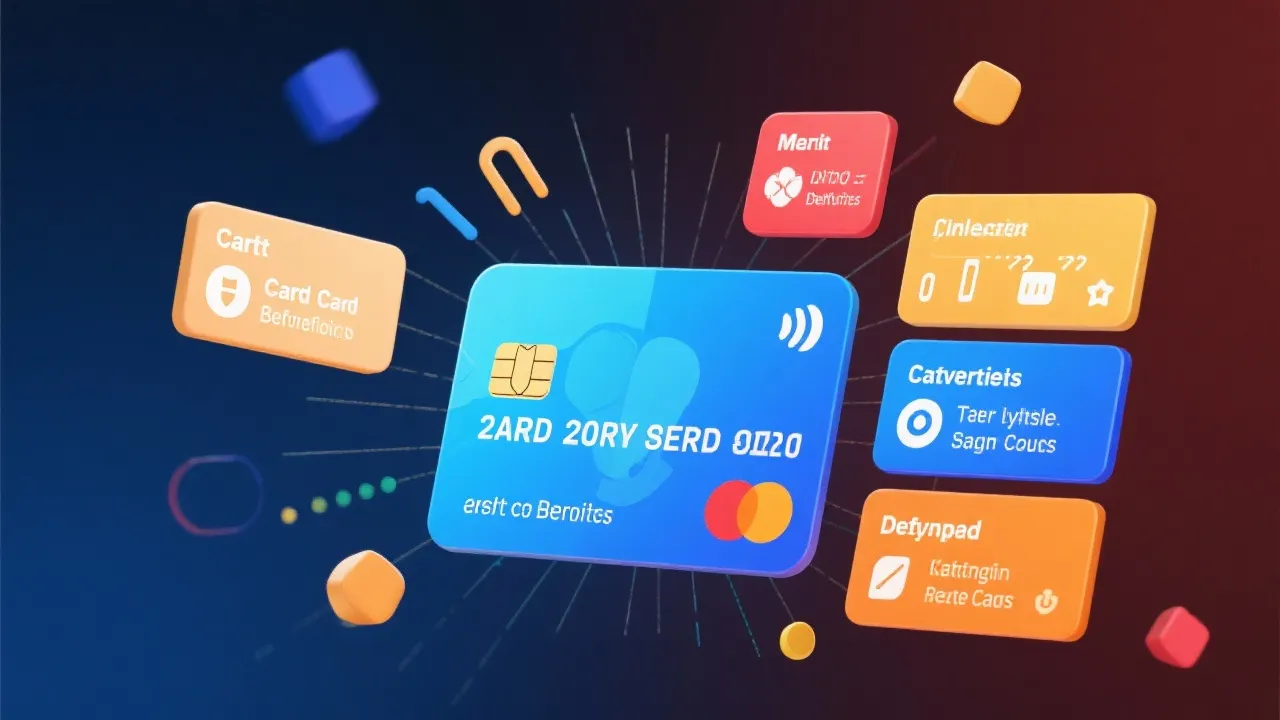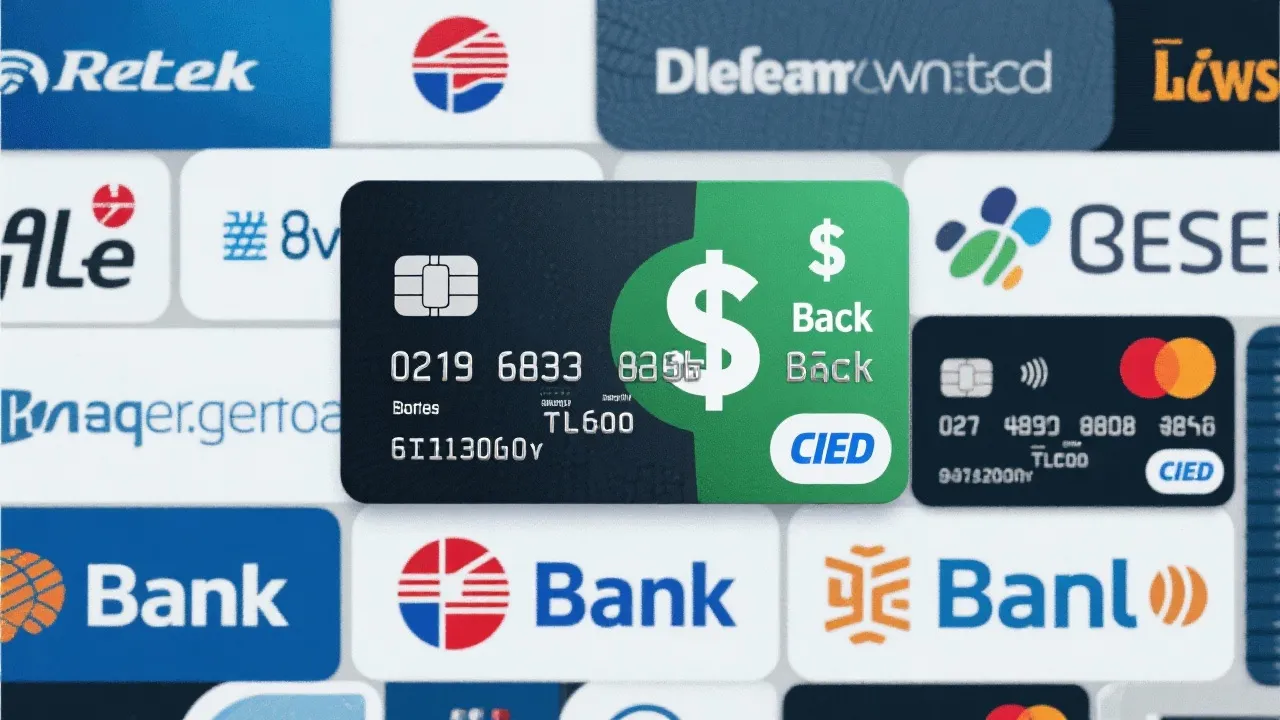Exploring SBLC Trading Platforms
This guide delves into the complexities of SBLC Trading Platforms, providing a nuanced understanding of their role in modern finance. Standby Letter of Credit (SBLC) trading platforms facilitate various financial transactions, offering security and credibility to global trade. The intricacies of these platforms are key to understanding the broader financial landscape, particularly in an era marked by digital banking and globalization.

Understanding SBLC Trading Platforms
Standby Letter of Credit (SBLC) Trading Platforms occupy a crucial niche in the financial sector, serving as vital conduits for international trade and finance. These platforms enable trading and management of SBLCs, which are essentially promises of payment issued by a bank on behalf of a client. This security is particularly valuable in high-stake international transactions, where trust and financial credibility are paramount.
SBLCs function as a backup payment method, assuring beneficiaries that they will receive payment under certain conditions, even if the obligor defaults. Given the complexity and risk in international trade, the importance of SBLCs has proliferated. They provide a sense of security and increase the willingness of businesses to engage in cross-border transactions.
The Evolution of SBLC Trading Platforms
The evolution of SBLC trading platforms can be traced back to the burgeoning demand for secure and trustworthy trade facilitation. Initially, SBLCs were processed manually, requiring extensive paperwork and lengthy processing times. However, with advancements in digital banking, SBLC trading has become more sophisticated, integrating robust online security measures and ensuring compliance with international trade laws. These platforms provide a virtual marketplace where SBLCs can be traded with ease and transparency.
The shift toward digitization has transformed how businesses perceive and utilize SBLCs. Traditional models that relied heavily on face-to-face interactions and paper documents are evolving. Modern platforms embrace automation and artificial intelligence to streamline operations, reducing processing times, minimizing errors, and enhancing user experience.
Additionally, the advent of blockchain technology has further influenced SBLC trading platforms. Blockchain can ensure secure transactions via decentralized ledgers, providing an immutable record of all entries and enhancing transparency. As regulations and compliance continue to evolve globally, the integration of such technologies may redefine the operational paradigms of SBLC trading.
Core Features of SBLC Trading Platforms
Prominent SBLC trading platforms offer a range of features designed to optimize trading efficiency and security. These include real-time transaction tracking, comprehensive reporting tools, and advanced encryption technologies. Additionally, they provide access to a global network of banks, enhancing the liquidity and marketability of SBLCs. Because these platforms are regulated, they adhere to strict compliance measures, ensuring the safety and reliability of all transactions.
Some of the notable features include:
- User-Friendly Interface: Modern platforms often focus on usability, ensuring that even non-technical users can navigate the systems with relative ease.
- Integration with Financial Tools: Many platforms integrate with accounting and financial management tools, giving users a comprehensive view of their financial health in relation to SBLCs.
- Cross-Border Capabilities: They often facilitate transactions without the need for intermediaries, making it easier for parties from different countries to engage in SBLC transactions efficiently.
- Automated Alerts: Users can set up alerts for important events, such as the expiration of an SBLC or changes in regulatory compliance status that may impact trading.
Comparison of Major US Banks’ Bonus Offers
While exploring SBLC trading platforms, individuals often seek compatible online banking options that offer incentives. Below, we provide a detailed table comparing major US banks’ account offerings, bonus conditions, and amounts:
| Bank | Account Type | Bonus Condition | Bonus Amount |
|---|---|---|---|
| Bank of America | Personal Checking | Deposit $2,000 in direct deposits within 90 days | $200 |
| Chase Bank | Total Checking | Make a direct deposit of any amount | $300 |
| Citibank | Regular Checking | Complete two direct deposits totaling $6,000 within 90 days | $450 |
| Wells Fargo | Everyday Checking | Deposit a total of $1,000 via direct deposits | $300 |
| SoFi Bank | Checking and Savings | Deposit $1,000 for $50 bonus or $5,000 for $300 bonus | $50-$300 |
| Capital One Bank | 360 Checking | Use promo code REWARD250; make two $500+ direct deposits within 75 days | $250 |
Source: See individual bank websites for official data and criteria.
How to Obtain Bank Account Bonuses
To capitalize on these bonus offerings, prospective account holders must first review the specific requirements for each bank. Generally, this involves opening the respective account type, fulfilling minimum direct deposit conditions within a specified timeframe, and sometimes using a promotional code. For example, Bank of America requires at least $2,000 in direct deposits within the first 90 days for a $200 bonus. Each bank's website details these steps explicitly, providing further insights into the procedural nuances and requisite documentation.
It's important to note that many banks have additional terms and conditions associated with their offers. Prospective account holders should carefully read about any potential fees or requirements that could affect the total value of the bonus. In many cases, maintaining a minimum balance or conducting a certain number of transactions may also be necessary to avoid monthly fees and preserve the bonus eligibility.
Another strategy for maximizing the value from these bank bonuses is to consider "bank hopping", where individuals take advantage of multiple banks' offers by only keeping accounts open as long as necessary to receive the bonuses. However, potential future impacts on credit scores or banking relationships should be weighed carefully.
FAQs
- What is an SBLC? An SBLC, or Standby Letter of Credit, is a guarantee of payment issued by a bank on behalf of a client, providing assurance to a beneficiary that payment will be made in the scenario of non-performance by the buyer.
- Are SBLC trading platforms secure? Yes, legitimate SBLC trading platforms employ sophisticated security measures, including encryption and regulatory compliance, to ensure safe transactions.
- Can anyone participate in SBLC trading? While SBLC trading is generally open to accredited investors and financial institutions, the specific qualifications and participation conditions depend on the platform's regulations and country-specific trade laws.
- How does SBLC differ from traditional letters of credit? Unlike traditional letters of credit that are used in regular trade transactions and are drawn upon in instances of non-payment, SBLCs are primarily used as a backup security to guarantee payment, invoking them under specific circumstances rather than for typical transaction settlements.
- What types of transactions benefit from using SBLC? SBLCs are frequently used in international trade transactions, real estate deals, construction contracts, and large corporate financing arrangements, providing both suppliers and purchasers security against potential defaults.
Conclusion
As financial markets expand globally, SBLC trading platforms have positioned themselves as indispensable tools for secure and efficient international trade. By aligning oneself with a reliable platform, traders and financial institutions can leverage SBLC to enhance their transaction credibility. For those considering broader financial engagements, exploring complementary banking services with attractive bonus offers could provide additional benefits in optimizing financial logistics.
As financial operations continue to digitize, incorporating the latest technology advancements on SBLC trading platforms enables stakeholders to stay competitive and ensure compliance. Engaging with these platforms not only provides security but also drives businesses toward embracing a more interconnected global market.
As a disclaimer, please note that the information provided is gathered from online sources and accurately reflects the status as of October 2023. Variations over time or by region are possible; therefore, verifying the latest details through official bank websites or customer service is recommended. Remember, certain offers may be region-specific or subject to additional conditions.
References
Trends in SBLC Trading
The landscape of SBLC trading is continually evolving, influenced by numerous factors including changes in international trade regulations, advancements in technology, and the shifting needs of businesses. One notable trend that has emerged is the increasing adoption of digital platforms that facilitate SBLC trading. As these platforms become more sophisticated and user-friendly, they attract a broader audience, including small to medium enterprises that historically may not have engaged with SBLCs.
Moreover, the growing emphasis on sustainability and corporate social responsibility has led to a rise in demand for "green" financing solutions, including sustainable trade finance options. Some SBLC trading platforms are beginning to tailor their offerings to cater to green projects, emphasizing environmental sustainability within their services. This adaptation supports the broader goal of promoting responsible trading practices, while still providing the necessary security that SBLCs offer.
Legal Aspects of SBLC Trading
In addition to understanding the operational aspects of SBLC trading platforms, it is essential for participants to have a grasp of the legal frameworks governing SBLC transactions. Each jurisdiction may have different rules and regulations, particularly concerning securities law, banking law, and international trade law. Compliance is not just a good practice; it's a legal requirement that ensures the validity and enforceability of SBLC agreements.
When engaging in SBLC trading, businesses must consider factors such as the governing law within the SBLC documentation, dispute resolution mechanisms, and jurisdictional issues that may arise during the trading process. This understanding can significantly affect the outcome of a transaction, as well as potentially impact financial liabilities.
Professional legal advice is recommended for companies navigating these complexities, to ensure that they are adhering to all necessary regulations and are well-protected in their trading practices. Additionally, staying informed about changes in laws that may affect SBLC trading can provide a competitive edge, allowing businesses to adapt more rapidly than their peers.
The Future of SBLC Trading Platforms
The future of SBLC trading platforms is likely to be shaped by continued technological innovations and an increasing focus on customer experience. Platforms may increasingly leverage artificial intelligence and machine learning to enhance decision-making processes within trade transactions. These advancements can assist in risk assessment, fraud detection, and data analysis, providing companies with valuable insights to inform their trading strategies.
Furthermore, as blockchains gain traction, it's expected that SBLC trading platforms will evolve to incorporate distributed ledger technologies. This transition not only promises to enhance security and transparency but also enables a degree of automation in contractual agreements, minimizing the potential for disputes arising from miscommunication or ambiguous terms.
Ultimately, the continued growth of globalization in trade will put substantial pressure on SBLC trading platforms to provide reliable, secure, and compliant solutions that bolster confidence amongst transaction parties. As businesses around the world seek to protect their interests while engaging in international commerce, the role of SBLC trading platforms will remain vital and increasingly complex.
Overall, the interplay between technology, regulation, and market dynamics will dictate the evolving landscape of SBLC trading, encouraging participants to remain agile, informed, and prepared to adapt to emerging trends.
By staying proactive, companies can harness the full potential of SBLCs, thereby facilitating smoother international trade transactions and promoting growth in today's interconnected global economy.










